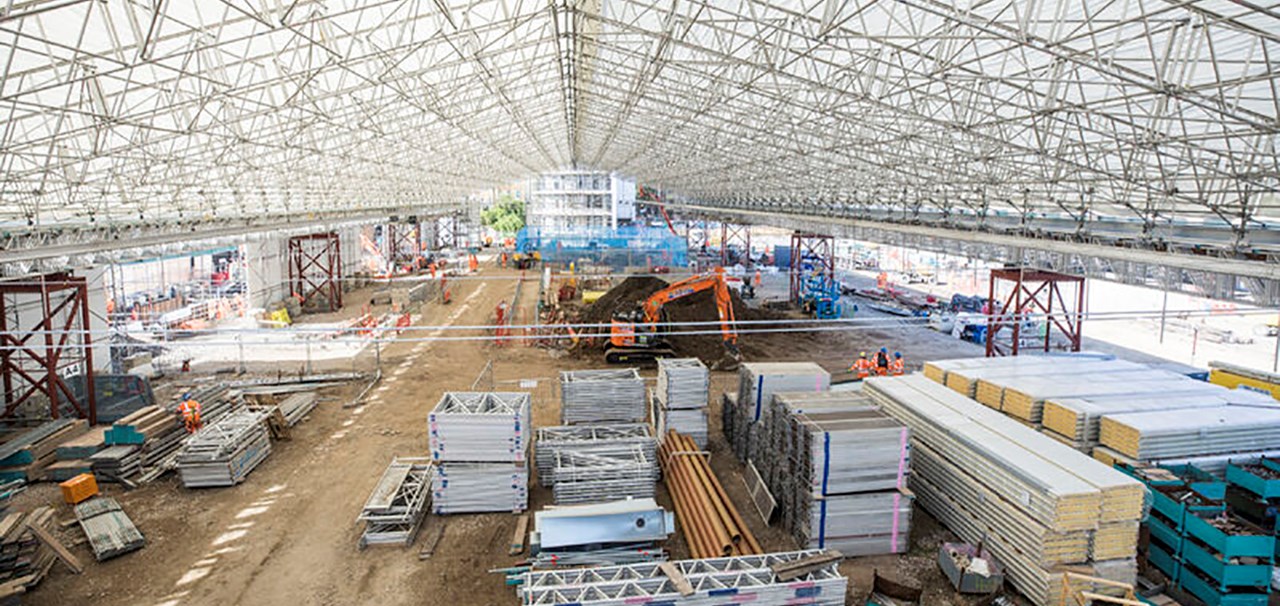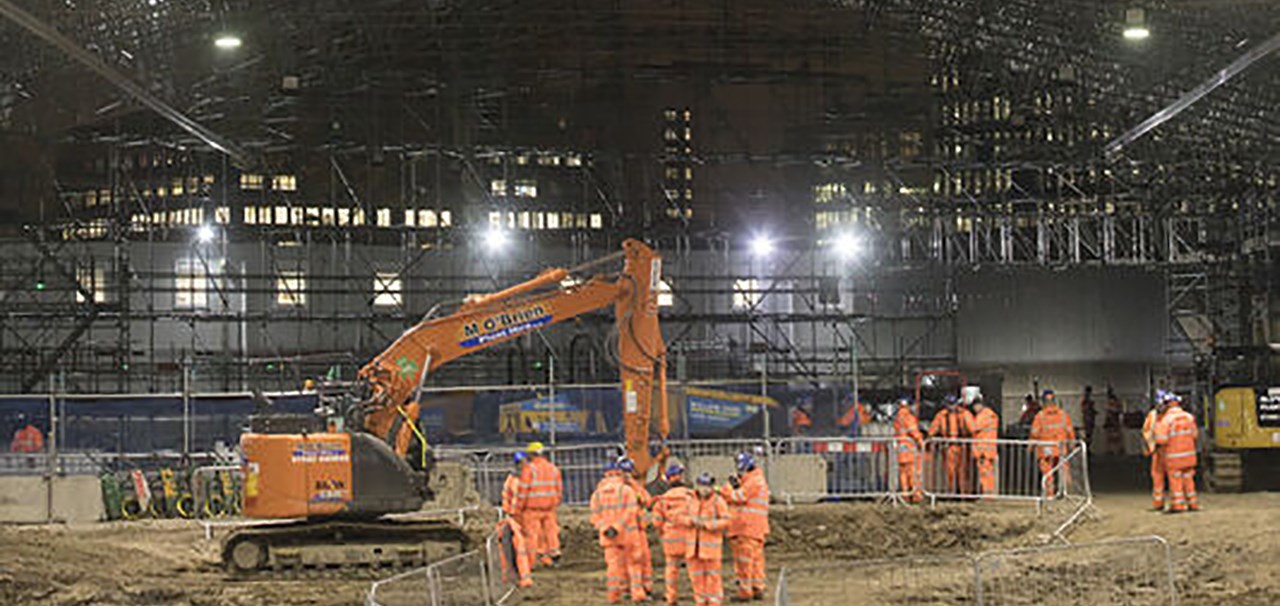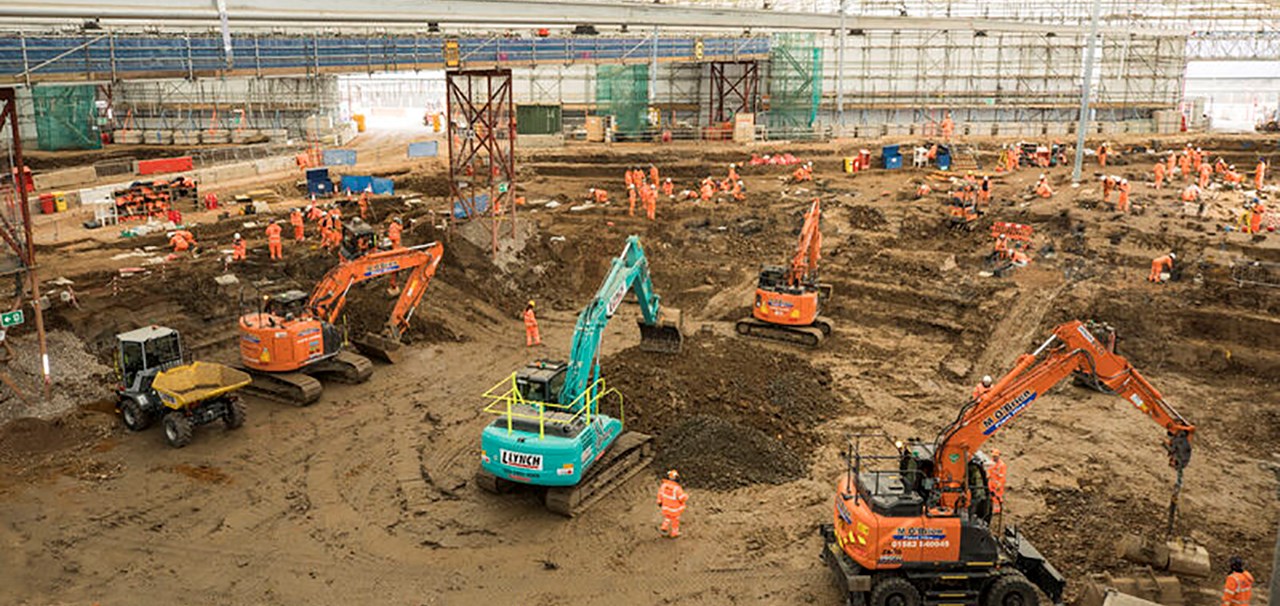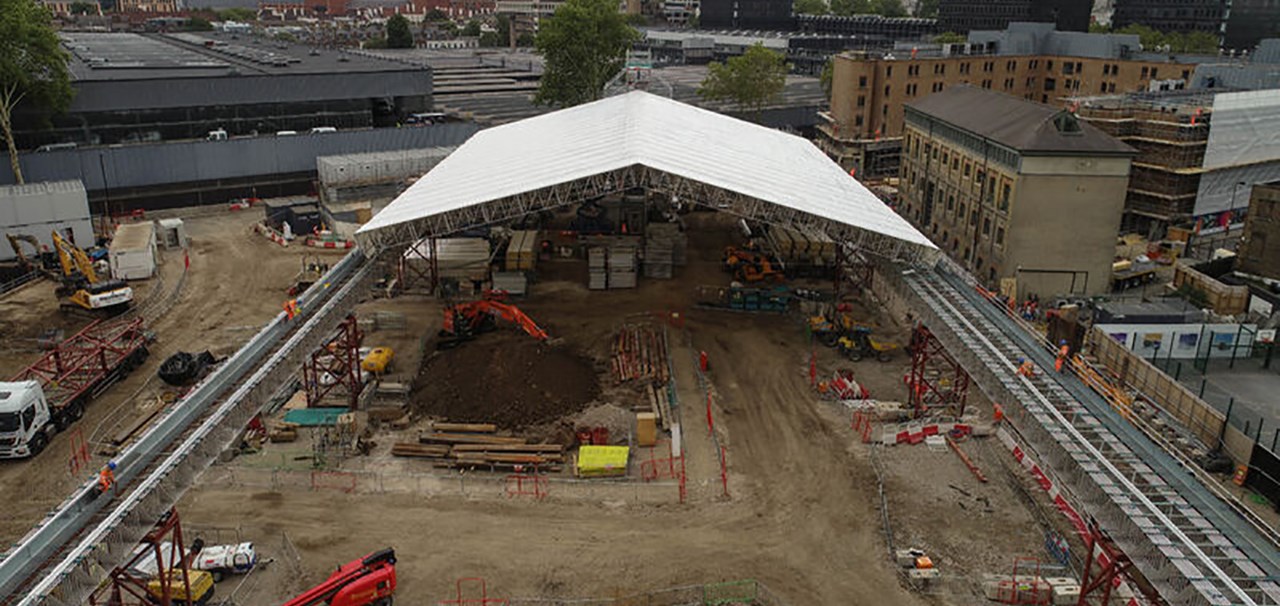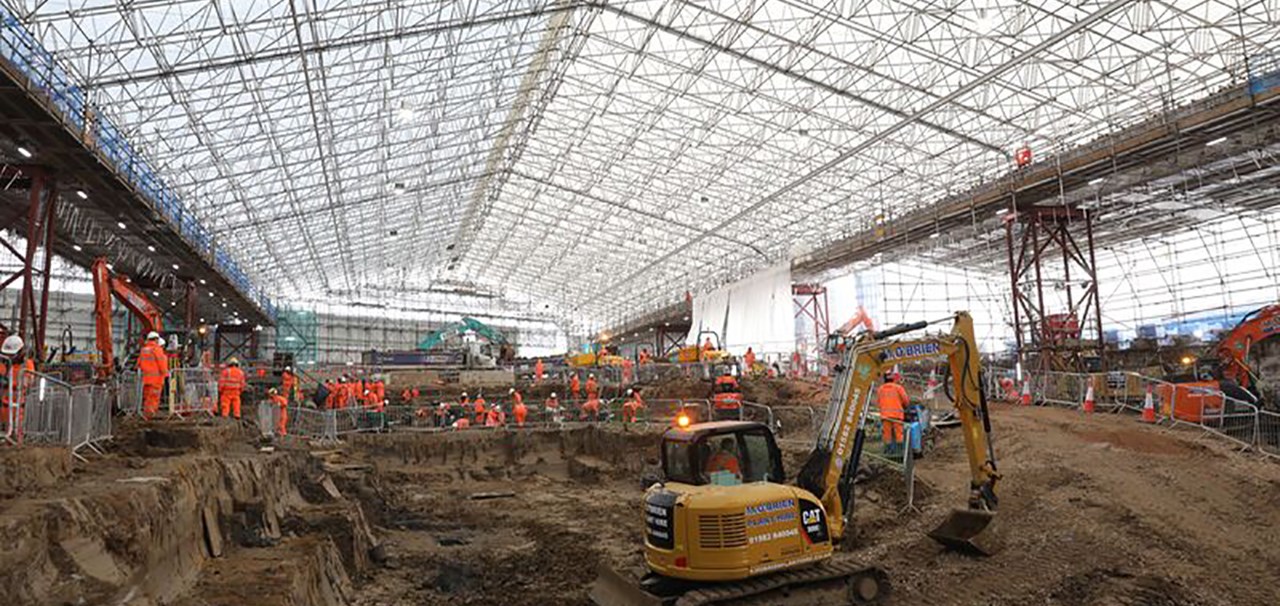
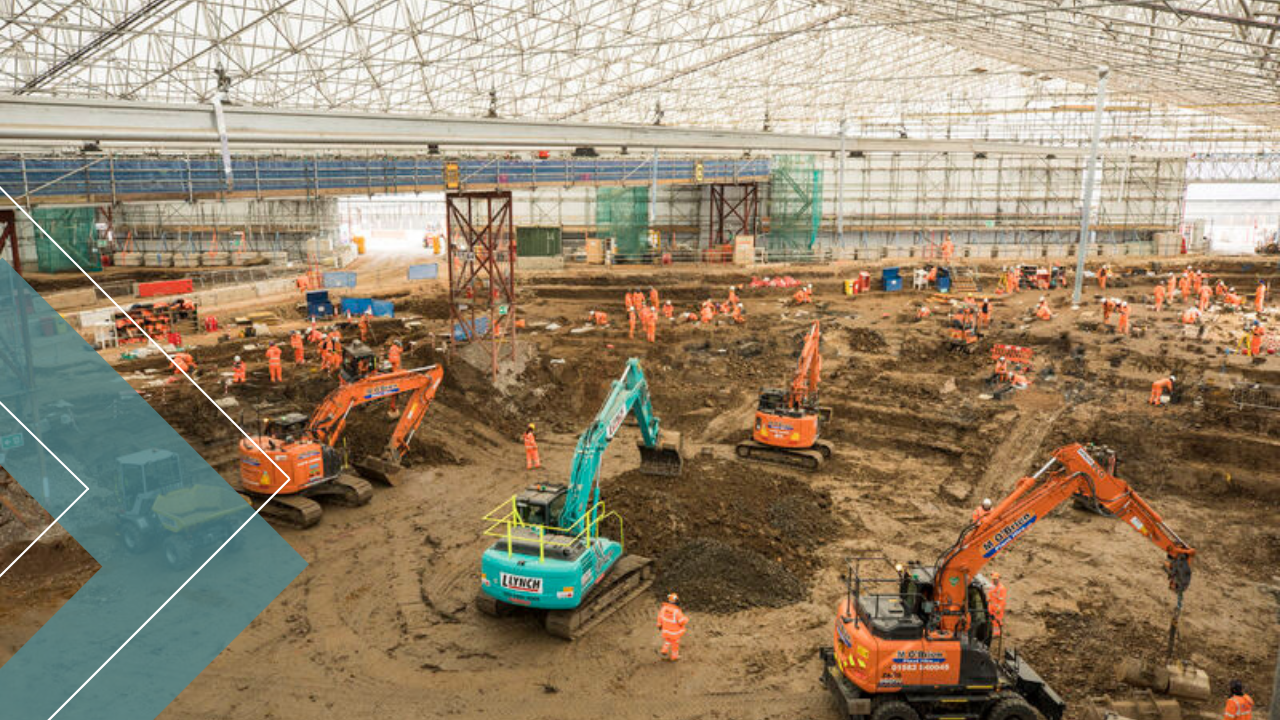
Advancing understanding of Britain’s history while preparing to construct a new high-speed railway
By uniting complex engineering and archaeology and using innovative, and sustainable technologies, we delivered the biggest archaeological excavation of its kind in Europe – ahead of schedule and with measurable legacy benefits.
- Service 1
- Service 1
HS2 Limited
- Service 1
Skanska in a joint venture to deliver the enabling works contract for the southern section of the HS2 route
Key benefits
136 tonnes
of embodied carbon saved by using electric and hybrid plant machinery
10%
increase in efficiency during excavation phase
£400k
projected reduction in costs associated with archiving the finds to museum standards
Significant cost savings
The archaeology programme was delivered with significant cost savings and over four months ahead of schedule
HS2 is a state-of-the art, high-speed line critical for the UK’s low carbon transport future. It will provide much-needed rail capacity across the country and is integral to rail projects in the North and Midlands – helping to level up the UK economy.
By seeking opportunities and identifying areas for improvement, the team delivered the engineering and archaeological works over four months ahead of schedule and with significant cost savings. Given the complexities of archaeological works, the team designed an agile programme to accommodate unforeseen events such as adverse weather, the need for seven-day working and unexpected ground conditions, while meeting the contractual requirements.
A LEAN control board was designed and deployed to monitor productivity and risk. This was particularly significant as it contributed to effective measurement of resource use, time on task and gave the client confidence that we were using real time data to achieve programme deadlines. At the peak of site activities, 25 pieces of electric and hybrid plant were in use, totalling 55,000 hours of usage and saving 136 tonnes of embodied carbon.
Archaeological excavation
At the post-medieval site of St James’s Burial Ground in Euston, the exhumation and archaeological excavation of approximately 20,000 burials was designed around the key mandates of treating the individuals with care, dignity and respect. Central to this was the design, erection and maintenance of an 11,000m2 encapsulation structure, enclosing the site to protect the archaeological remains, fulfilling an undertaking with the Archbishops’ Council to ensure dignity, care and respect of the dead.
The team applied LEAN and ergonomic design principles to archaeological processes to increase productivity and reduce occupational health and safety risks. In the design of the structure, we deployed sustainable principles and technologies to ensure a safe working environment and compliance with our legal undertakings and client requirements. It was designed to eliminate a total of 9,000 hours of manual handling and working from height during its construction.
Upon construction, it was fitted with high level maintenance platforms to ensure any repairs could be safely carried out and with bespoke lumen lighting to ensure high quality photography, 3D photogrammetry and archaeological recording processes. Charging points were built into the structure to easily accommodate electric plant in place of diesel plant. All components were constructed using off-the-shelf materials, which were returned to market upon completion of the works with zero waste.
The same attention to detail was also applied to the design of an off-site facility to support the archaeological assessment of finds and osteological assessment of human remains.
Designed with a particular focus on an adaptable environment suited to the 43% female workforce, it comprised ergonomically designed wash stations, anti-slip and anti-fatigue flooring, bespoke drying rooms and research stations for osteological analysis. This level of design and innovation was a first for UK archaeology and post-excavation processes. Over 9,800 person hours were worked in the facility, with no reported incidents, back pain or musculoskeletal issues.
Legacy
The team deployed unmanned aerial vehicles (UAVs) to actively measure progress across site, using 3D photogrammetry and survey. The UAV imagery was also used by the engineering and archaeological teams to communicate findings, engage with the wider project teams and key stakeholders and share the findings on a wider platform as part of the project legacy and HS2 Historic Environment Research Delivery Strategy (HERDS).
A substantial part of our legacy of technology and innovation comes from our successful receipt of a £212,000 I3P government innovation grant, the largest of its kind issued in 2018. This funding was used to support the archaeological subcontractor to further develop their capacity for digital recording of archaeological sites and as a result the work in St James’s Gardens was recorded through 100% digital means. This led to a 10% increase in efficiency during the excavation process and a projected reduction in archiving costs equating to £400,000. The recording app also supported the onsite training of the next generation of archaeologists and osteologists.
The system has subsequently been adopted across a number of sites for HS2 and other major government infrastructure projects. Focusing on innovation, sustainability, digital technology, LEAN and legacy at the early design stage has shaped the project and maximised productivity and legacy in the archaeology and heritage sectors.
To learn more about this project contact Lee Davies
Contact and social
Rail

